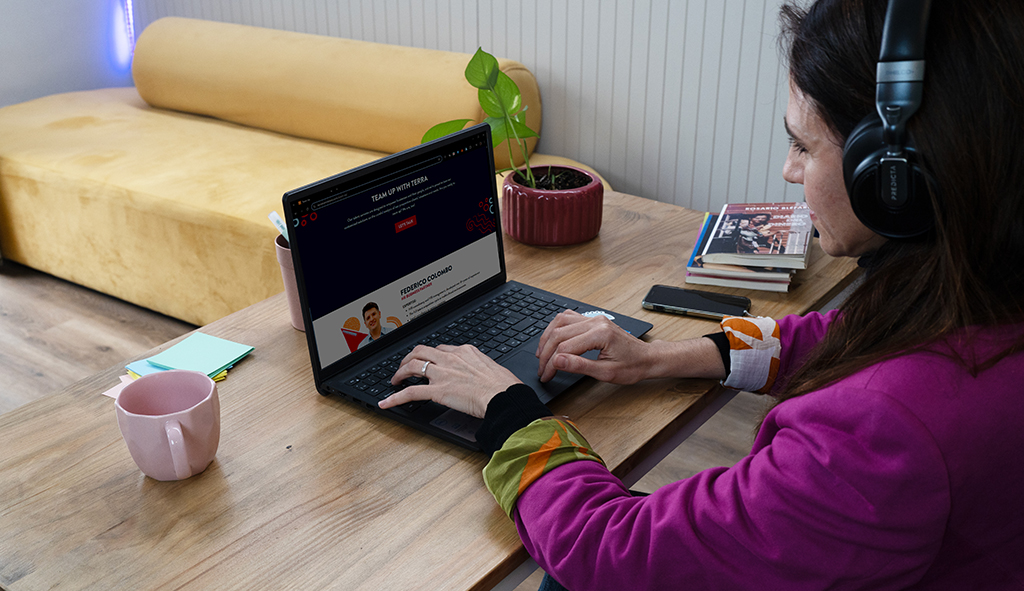As video games become an increasingly mainstream form of entertainment, the importance of accessibility has never been more crucial. Accessibility in gaming isn’t just about convenience—it’s about inclusion. By designing games with a wide range of player needs in mind, developers can deliver richer, more immersive experiences for everyone.
Today’s accessibility efforts extend beyond physical accommodations to include digital and linguistic accessibility, helping ensure that no player is left behind.
The Human Side of Accessibility
For many gamers with visual, hearing, or cognitive impairments, the challenge isn’t skill—it’s design. Games that overlook accessibility features inadvertently exclude players who are eager to participate. Communities across social media and forums often share stories of frustration, where poor design choices prevent players from enjoying a game to its fullest. Making accessibility a priority implies not only making games easier, but also truly playable for all. Let’s explore what that looks like across different types of accessibility.
Visual Accessibility

Visual accessibility ensures that players with vision impairments can engage with games without barriers. This includes features like adjustable UI elements, customizable color settings, and high-contrast modes. For color-blind players, specific palettes can be problematic—particularly when gameplay relies on color-based mechanics. Localization teams must ensure that contrast and visual cues remain distinguishable across languages and regions.
Players with obstructed vision benefit greatly from scalable UI, screen readers, and text-to-speech functions. These tools help users navigate menus, understand in-game prompts, and follow narratives without relying solely on sight. When localizing games, it’s essential to align visual tools with regional standards and expectations to support players with varying degrees of vision loss.
Auditory Accessibility
Auditory accessibility refers to designing games for players who are deaf or hard of hearing. Subtitles and closed captions are foundational features, but quality matters—captions should convey not just dialogue, but also relevant sound effects and emotional tones. Translations must retain these nuances, so players across all languages can experience the same immersion.
In addition, visual indicators such as flashing lights, icons, or controller vibrations can help convey critical audio cues. Localization should adapt these elements to ensure clarity and cultural relevance across regions. Auditory accessibility plays a vital role in making multimedia—and by extension, games—enjoyable for all.
Cognitive Accessibility
Cognitive accessibility supports players who process information differently due to cognitive or learning disabilities. Features like simplified interfaces, structured tutorials, and logical game progression help reduce cognitive overload.
For players with learning disabilities, tools such as text-to-speech, dyslexia-friendly fonts, and simplified language can make a significant difference. Localization here is key—clear, concise translations ensure instructions and narratives remain easy to understand, regardless of language or cognitive ability.
The Takeaway
Accessibility in gaming is more than a feature—it’s a philosophy that celebrates diversity in the player community. By incorporating thoughtful design and localization practices, developers can create games that are not just accessible, but truly inclusive. As the industry evolves, we must challenge ourselves to think beyond traditional barriers and embrace accessibility as a standard. Game developers and localization teams alike—it’s time to level up the way we think about inclusive play.











































